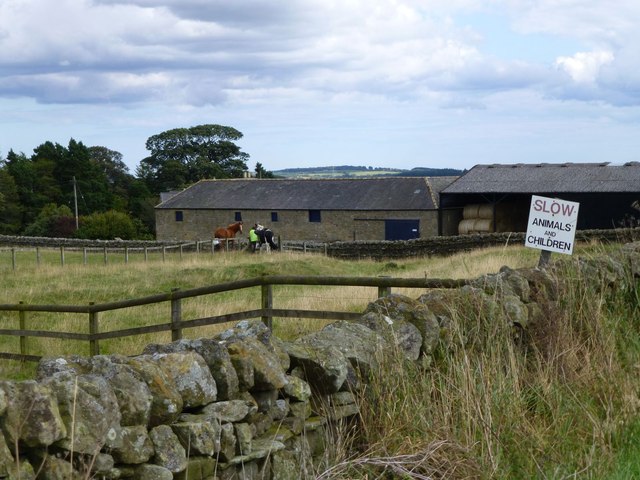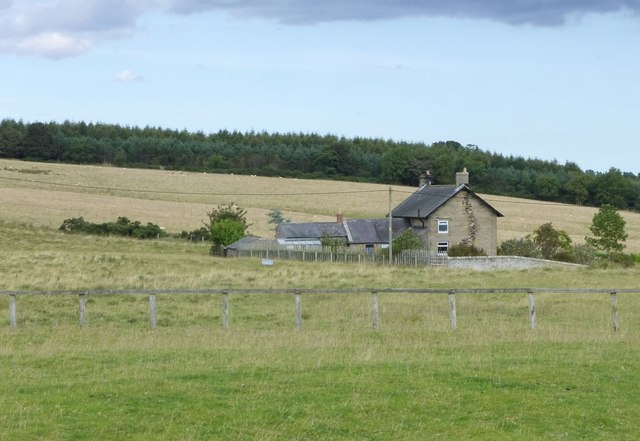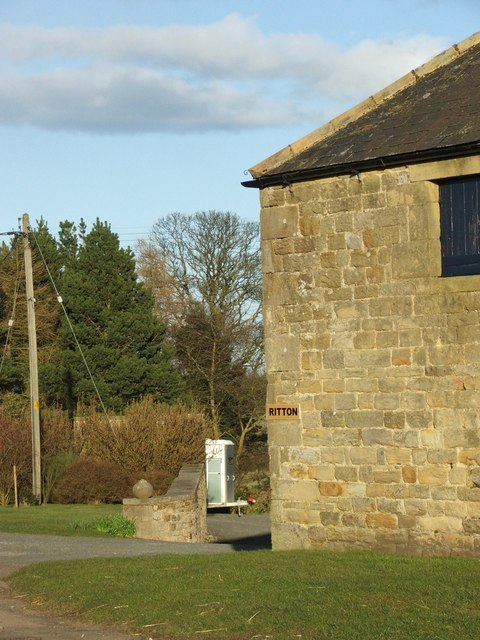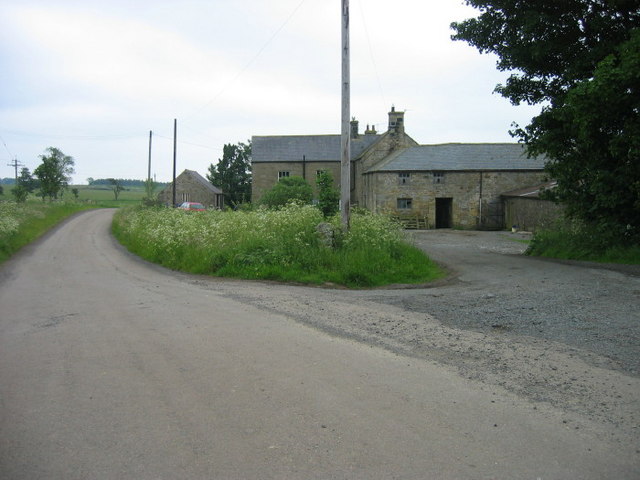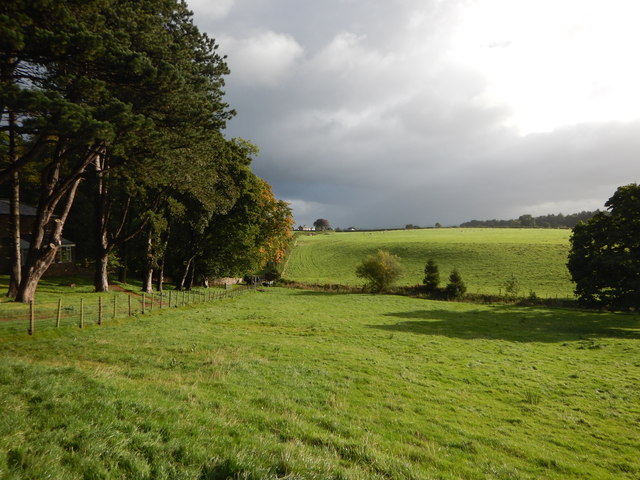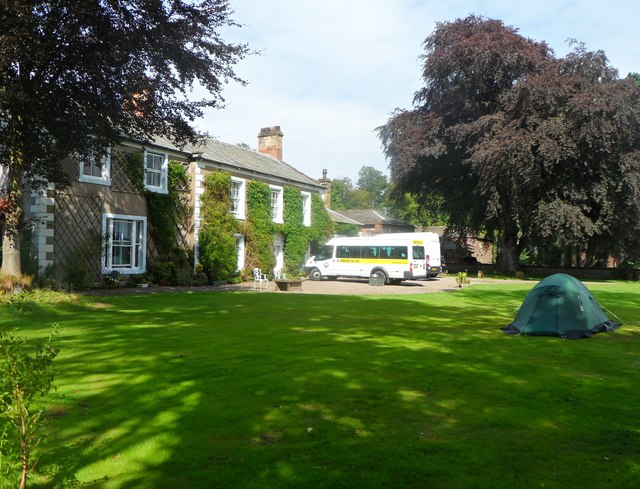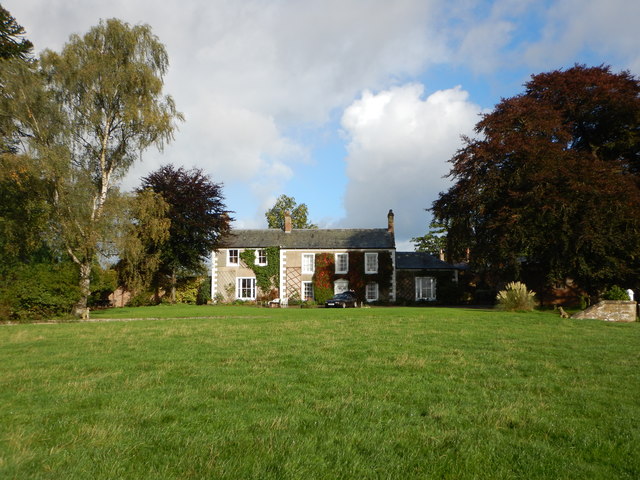Topics > Northumberland > Ritton, Northumberland
Ritton, Northumberland
RITTON-COLT PARK, a township, in the parochial chapelry of Nether Witton, union of Rothbury, W. division of Morpeth ward, N. division of Northumberland, 6 miles (S. by E.) from Rothbury; containing 50 inhabitants. In the time of Henry I. the convent of Newminster received a grant of Rittun, and with that establishment the estate continued till the Dissolution, since which time the property has belonged to various families, including those of Scudamore, Widdrington, Allgood, and Trevelyan. The township consists of three farms called respectively Ritton, Colt Park, and Birkheads-moor; and comprises about 907 acres. The land is principally occupied for breeding and grazing sheep and cattle, and has been much improved by plantations, which break the sweeping north and west winds from the Rothbury hills. Excellent coal is obtained in the north of the township. The river Pont flows on the south-west.
